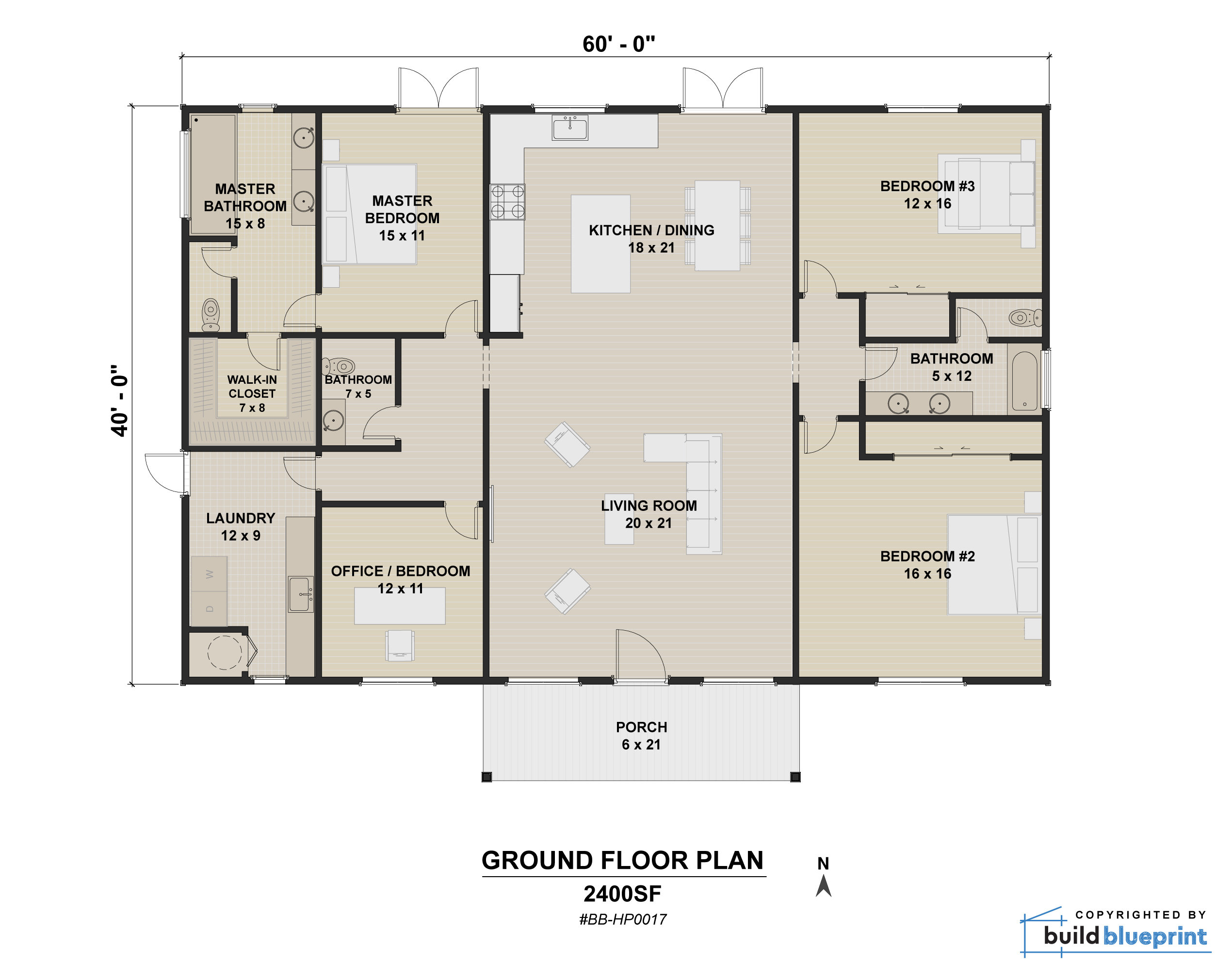Discover how non-standard construction techniques are revolutionising Britain’s building landscape, offering innovative solutions for modern housing challenges.
Understanding Non-Standard Construction in Modern Britain
In today’s rapidly evolving construction landscape, non-standard building methods are becoming increasingly prevalent across the United Kingdom. Recent statistics show that over 25% of new housing developments in 2023 incorporated alternative construction techniques, marking a significant shift from traditional brick-and-mortar approaches. This transformation is driven by several factors, including the pressing need for sustainable housing solutions, rising material costs, and advancing construction technologies. The UK construction industry has witnessed a remarkable 37% increase in the adoption of innovative building methods since 2020, reflecting a growing acceptance of alternatives to conventional construction approaches.
What Qualifies as Non-Standard Construction?
Non-standard construction encompasses any building method that deviates from the traditional brick or stone walls with slate or tile roofing typical in British construction. These alternative approaches often employ unique materials and techniques that challenge conventional building norms while offering distinct advantages in terms of efficiency, sustainability, and cost-effectiveness. The definition has evolved significantly since the post-war era, with modern interpretations including increasingly sophisticated and innovative solutions.
Historical Context and Evolution
- Post-War Period (1945-1960s): Introduction of prefabricated housing solutions to address severe housing shortages
- 1970s-1990s: Development of concrete panel systems and timber frame construction methods
- 2000s-Present: Integration of modern materials and sustainable building techniques
- Recent Innovation: Introduction of cross-laminated timber (CLT) and modular construction systems
Common Types of Non-Standard Construction
The UK market features several prevalent non-standard construction methods, each with unique characteristics and applications. Timber frame construction accounts for nearly 30% of new builds in Scotland and is gaining popularity throughout the UK. Steel frame construction, particularly in commercial buildings, offers exceptional structural strength and design flexibility. Modern concrete systems, including insulated concrete formwork (ICF), provide superior thermal performance and durability.
Modern Applications and Innovations
Sustainable Building Solutions
- Hempcrete Construction: Natural material offering excellent insulation properties
- Green Roofs: Living systems that improve building efficiency and biodiversity
- Recycled Materials: Integration of processed waste materials in construction
- Passive House Design: Ultra-low energy building standards
- Smart Technology Integration: Automated systems for energy management
Prefabricated and Modular Construction
The prefabricated construction sector has experienced remarkable growth of 45% in the past five years. Modern prefab solutions offer significant advantages in terms of construction speed, quality control, and cost efficiency. Factory-built components can reduce construction time by up to 50% compared to traditional methods, while maintaining high quality standards and reducing waste by up to 90%.
Practical Considerations and Challenges
Planning and Building Regulations
Non-standard construction projects must navigate specific regulatory requirements in the UK. Current building regulations require demonstration of compliance with structural stability, fire safety, and energy efficiency standards. Projects must obtain Building Regulations approval and often require additional technical assessments. Recent updates to Part L of the Building Regulations in 2022 have introduced stricter energy efficiency requirements, particularly affecting non-standard construction methods.
Insurance and Mortgage Implications
- Specialist Insurance Requirements: Many non-standard constructions require specific insurance policies
- Mortgage Lender Considerations: Some lenders may require additional surveys or assessments
- Property Valuation Impact: Non-standard construction can affect resale value
- Documentation Requirements: Enhanced certification needs for building warranty
Maintenance and Longevity
Long-term Durability
The durability of non-standard construction varies significantly based on materials and methods used. Modern timber frame buildings can last over 100 years with proper maintenance, while steel frame structures often exceed traditional building lifespans. Recent studies indicate that well-maintained ICF buildings can maintain their structural integrity for 70+ years.
Maintenance Requirements
- Regular Inspections: Quarterly visual checks for structural integrity
- Material-Specific Care: Specialised maintenance for different construction types
- Professional Assessment: Annual expert evaluations recommended
- Cost Implications: Budget allocation for specific maintenance needs
Future of Non-Standard Construction in the UK
The future of non-standard construction in Britain appears increasingly promising, with projections indicating a 40% market share by 2030. Technological advancements, particularly in 3D printing and sustainable materials, are set to further revolutionise the sector. The government’s commitment to achieving net-zero carbon emissions by 2050 is driving innovation in construction methods, with non-standard approaches playing a crucial role in meeting these targets.
Expert Insights and Recommendations
- Conduct thorough research into specific non-standard construction methods
- Engage with experienced professionals and specialists
- Consider long-term implications for property value and maintenance
- Evaluate environmental impact and energy efficiency benefits
- Assess local planning requirements and building regulations
Conclusion: Making an Informed Decision
Non-standard construction represents a significant opportunity for innovation in the UK building sector. With proper understanding, planning, and execution, these alternative methods can offer superior performance, sustainability, and cost-effectiveness compared to traditional construction. As the industry continues to evolve, staying informed about new developments and maintaining compliance with regulations will be crucial for success in non-standard construction projects.
FAQ
What’s the difference between residential and nonresidential?
While residential land is primarily used for dwelling, non-residential land is utilised for commercial, industrial, and agricultural purposes. Depending on the type of land requirement, location, and funding, capitalists can scrutinise their choices to maximise returns.
What does non rated construction mean?
(C) Nonrated Construction Certain wiring methods, such as nonmetallic cables and conduits, are allowed in buildings that do not require fire-resistant construction according to building codes.
What is non construction industry?
Non-construction is a term used in the construction and building industry to refer to activities or services that are not directly related to the physical construction of a building or structure.
What is nonresidential construction?
Thus, a non-residential building is a building used for other purposes such as trading centers (commercial buildings type), hospitals (healthcare buildings type), to name two of the possible type of buildings. From: Journal of Building Engineering, 2022.
What is the definition of a standard house?
Standard housing means employee housing which conforms to Departmental norms and standards in respect of general design, number of rooms, floor area and finishes, fixed fittings as well as internal and external finishes.
Sources
[1] https://www.homeprotect.co.uk/non-standard-construction-insurance/buying-a-non-standard-home
[2] https://fourthwallbc.com/blog/buying-non-standard-construction-house/
[3] https://www.homesellingexpert.co.uk/guides/non-standard-construction-complete-guide


Leave a Reply